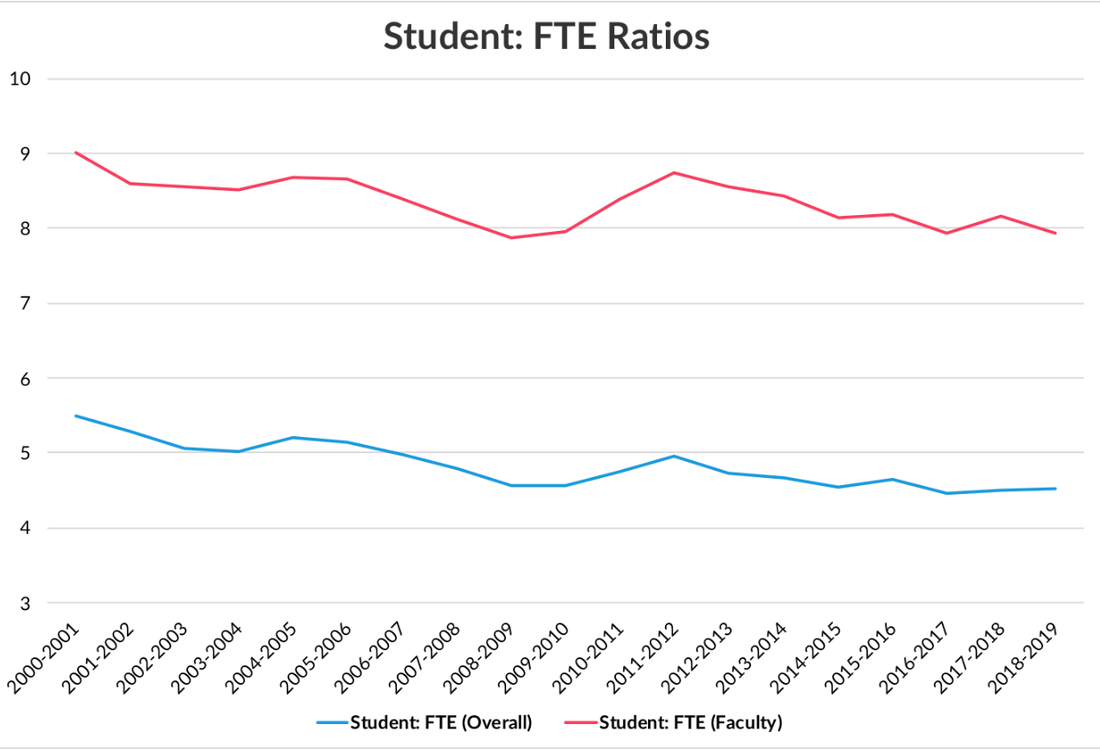 Corinne Dedini Corinne Dedini We love to brainstorm solutions to sticky problems in schools. Sometimes One Schoolhouse can be part of the solution. Even when we don’t have the answer, our collective experience in a range of schools makes us a solid sounding board when a partner needs to work through options with a trusted colleague. Because there is a human element to every change, it is often useful to have someone who isn’t connected to the personalities involved to process options and outcomes. So who are the constituent groups and how do you handle conversations when the solution includes putting students into online courses? Let’s be honest: A lot of people have negative preconceptions about online classes. Families may perceive that they are impersonal or aren’t rigorous; teachers worry they will change or take away their jobs; administrators think it may be another thing to manage. Let’s assume these concerns are the starting points for conversations, and diffuse anxiety by addressing them head-on. Families: Most families choose independent schools for two primary reasons: college readiness and personal relationships. Sharing our college list along with anecdotes about how online learning promotes college preparedness by increasing academic maturity can help alleviate concern around rigor. So does describing the One Schoolhouse faculty, most of whom teach in top independent schools around the country and hold advanced degrees in their fields. Our faculty have the same goals that your faculty have: to understand the goals and needs of every student and to help every student find success. Primary communications goal: Convey that online learning is an essential piece of a college prep education and One Schoolhouse is your trusted partner because we share your independent school values. Teachers: Independent school teachers care deeply about their subjects and their students. In this moment of accelerating change, some are less inclined to adopt new innovations or are even fearful. Obstacles arise because teachers worry that new pedagogical or curricular initiatives will subjugate content and one-on-one time with students, or because they worry that the online option will eliminate their position or that of a dear colleague. Transparent communication about the school’s decision-making process reduces fear, which often surfaces because teachers don’t have the information that they need to understand what’s really going on behind the scenes. Primary goal: Don’t be afraid to make your thinking visible to teachers as you process challenges - it prevents the toxic behavior of assuming the worst. Administrators: No school administrator needs one more thing to manage, we can’t build a different school to address every single parent complaint, and we all want our school to be fully enrolled. Circumstances such as these conspire to back us into a corner. Here are a few real examples from when I worked in face-to-face schools. There were moments we lost students for all sorts of reasons that were largely out of our control, but that could have been resolved with One Schoolhouse’s help:
One Schoolhouse isn’t always the right solution to every problem. But we can help you think about how to handle course issues, especially those involving sensitive relationships or high financial stakes. We’ve seen communication go smoothly; we’ve also seen moments where you’d give anything for a do-over, and we’ve learned a lot about what makes the difference. Bottom line: when you’re preparing for crucial conversations around online learning, make us your first call.
4 Comments
There is general acknowledgement across our industry that we have to continue to hire more people in our schools. We can look back almost twenty years to 2000-2001, when schools had 5.5 students for every one full time equivalent employee. Today, it’s 4.5 to one. Back in 2000-2001, there were 9 students to every one FTE teacher. Today, it’s 8 to one. The assumption has been that our schools have added more employees in administrative positions, not teaching positions in the last twenty years. That was true in the 1990s, but it hasn’t been the casein recent years. We’ve added teachers, and often we’ve added teachers to teach smaller numbers of students. As our partnerships with schools deepened, we learned that online education provided an innovative opportunity for schools to add programs: per student rather than per faculty. This allowed schools to increase opportunities in more cost-effective ways and without making huge up-front investments in either spaces or people. also provided an opportunity to shift low-enrollment courses online to reduce costs without sacrificing the breadth and depth of their offerings. Consider this program expansion scenario from one of our schools. This girls’ school in a tight market was looking to increase STEM opportunities for students, and considered two paths: traditional staffing (Option #1) or an online partnerships (Option #2). They chose Option #2 to allow for greater depth to their program at a lower annual cost and no capital expenditures. Ten years ago, there was a lot of thought in the independent school world that online learning could be used to create new revenue. Those predictions have not come true. More importantly, however, independent schools can use online education to manage expenses, by adding value and increasing opportunities without having to add staff. For a deeper dive, explore some past blog posts or check out the professional development courses offered in partnership with the National Business Officers Association:
Blogs:
|
Don't miss our weekly blog posts by joining our newsletter mailing list below:AuthorsBrad Rathgeber (he/him/his) Archives
July 2024
Categories |




 RSS Feed
RSS Feed